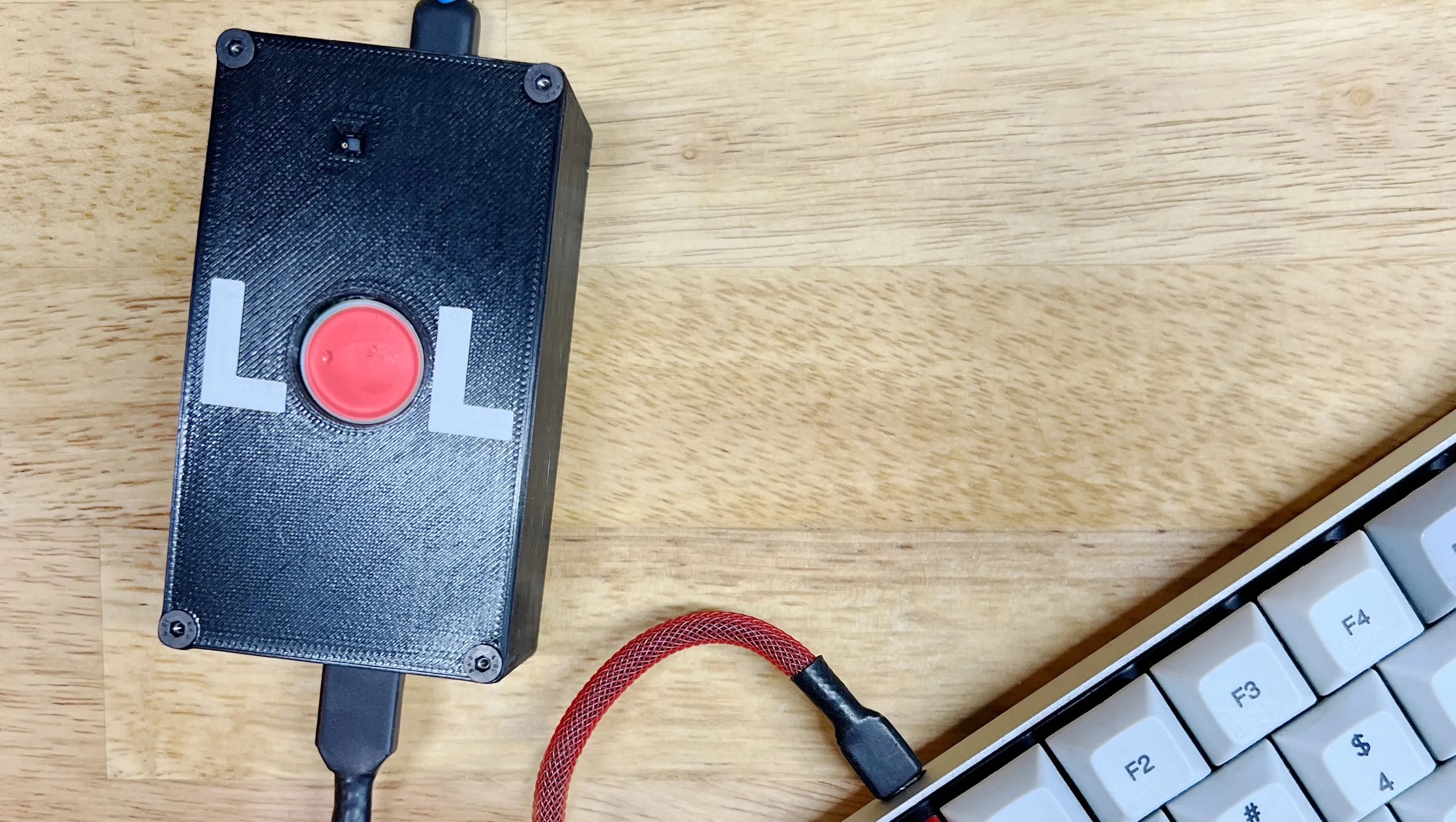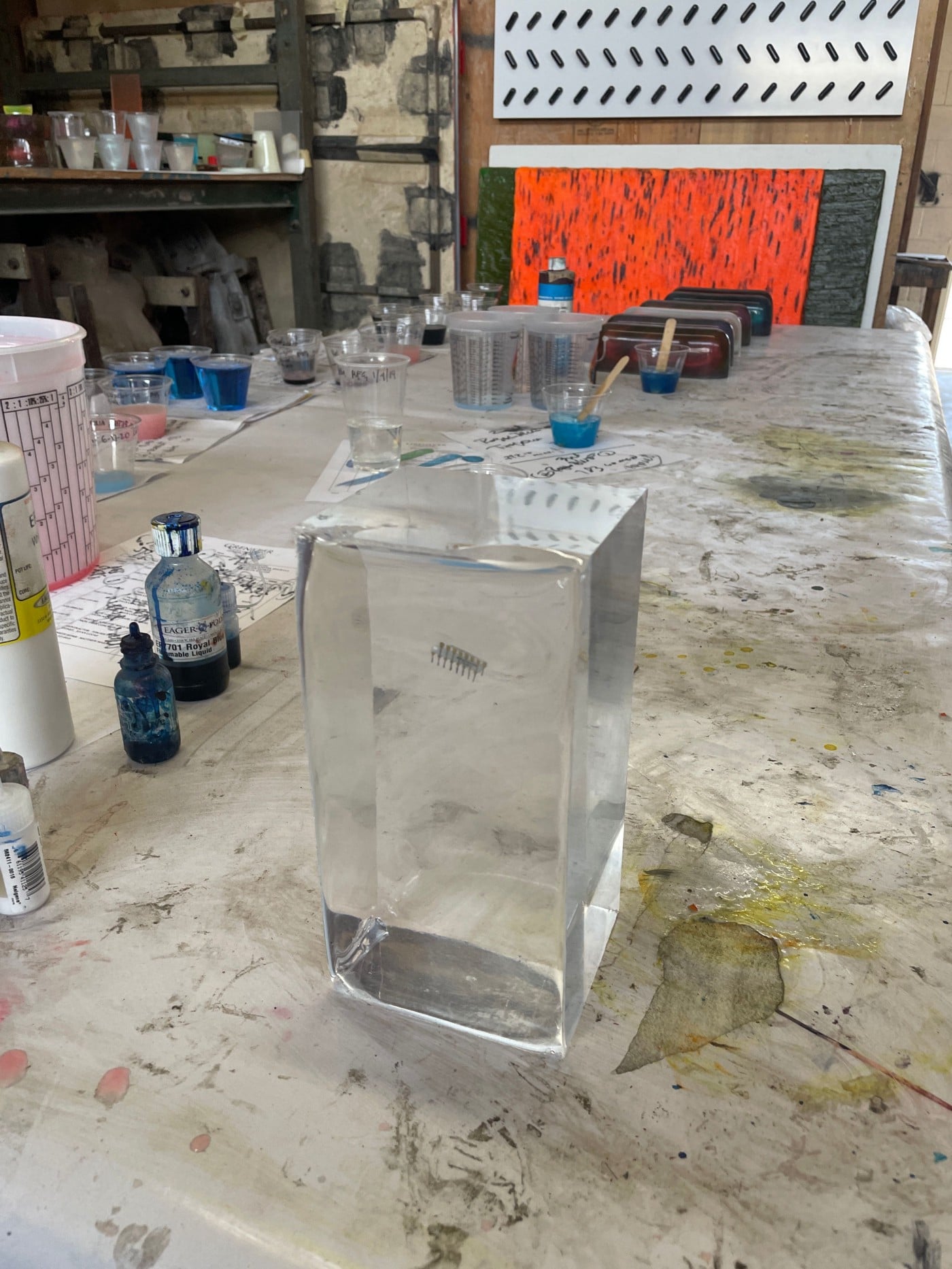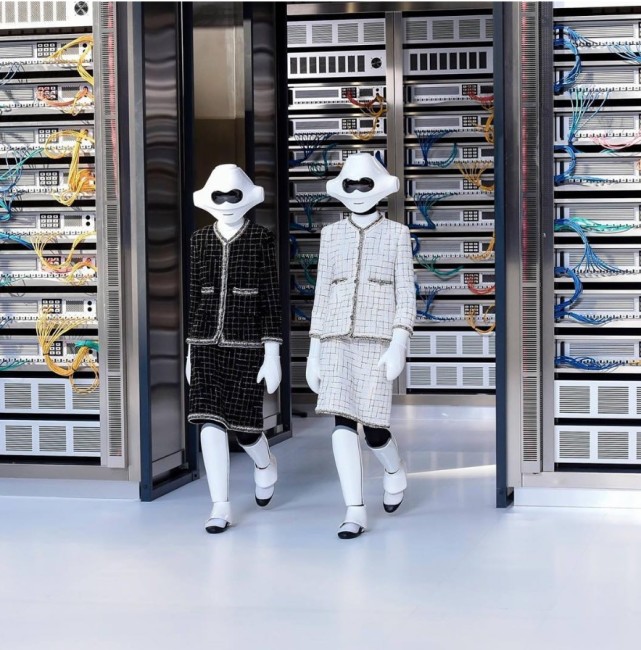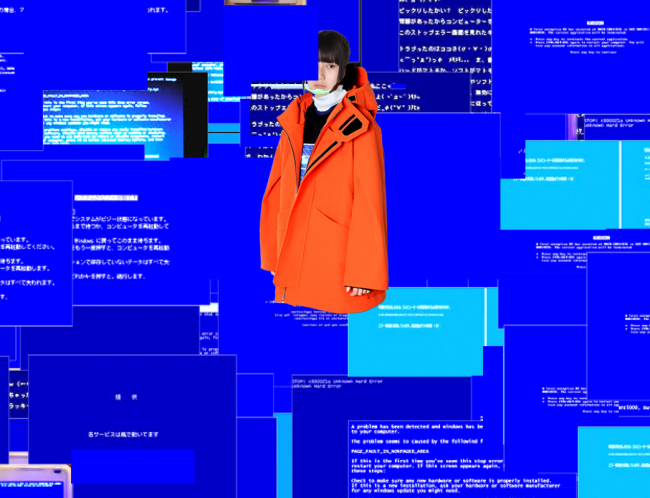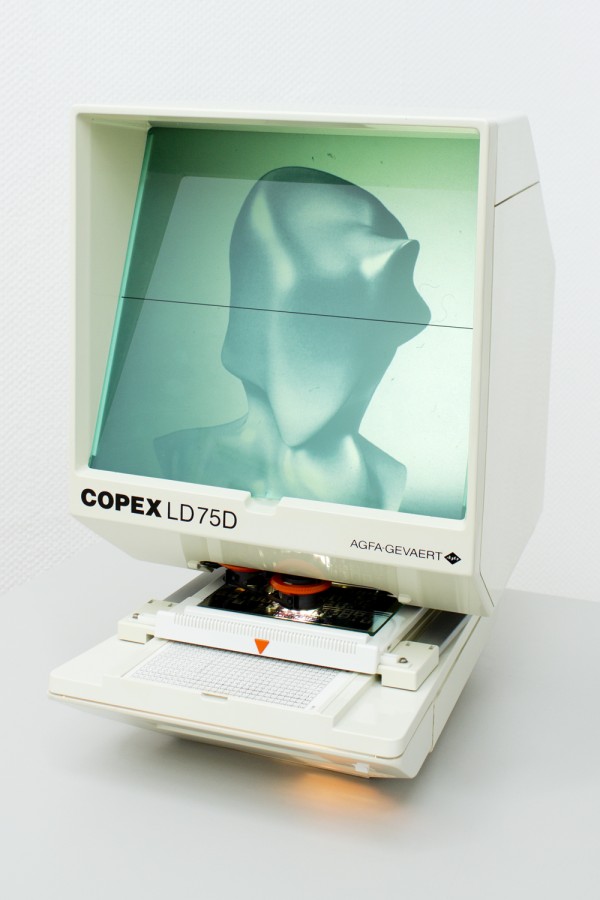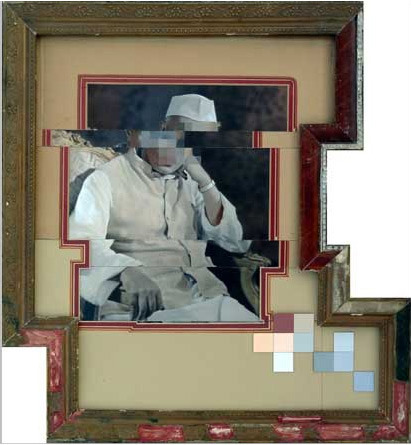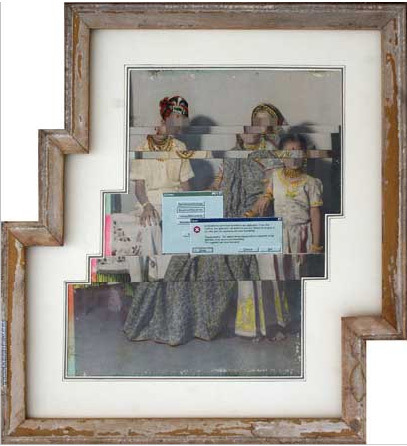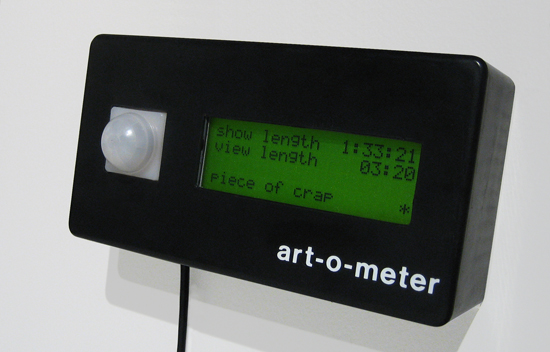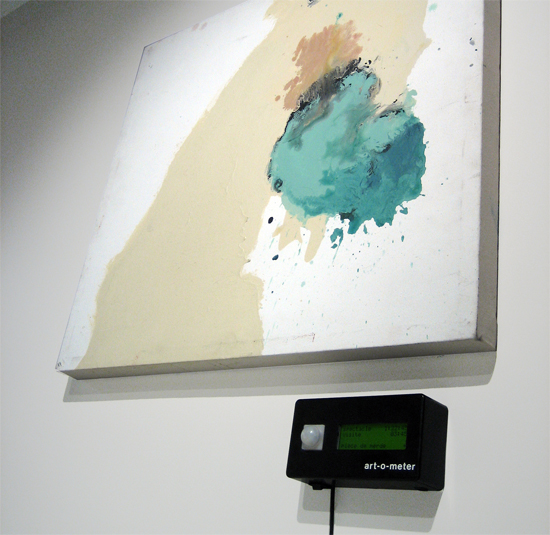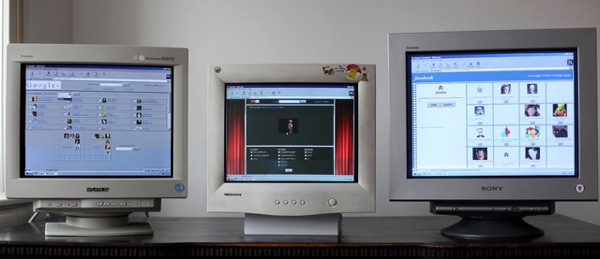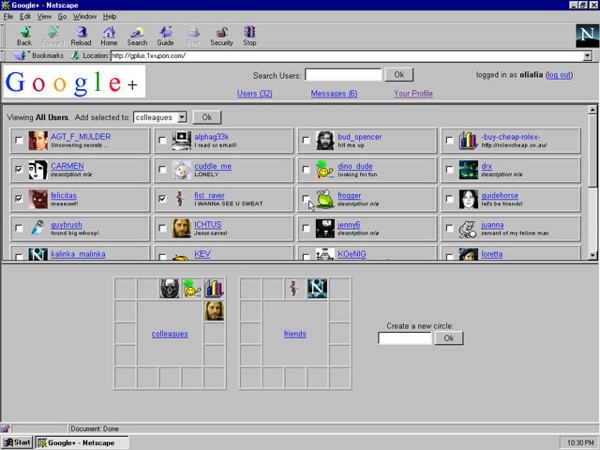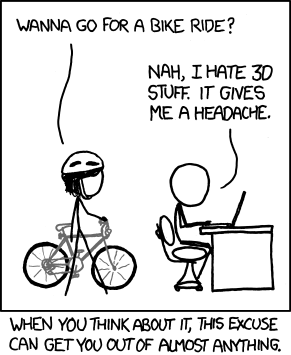
I just found out about this incredible work called The Toaster Project. In 2009 Thomas Thwaites decided to recreate a mass-produced toaster from scratch. The TED Talk about the project is also great.
“It takes an entire civilization to build a toaster. Designer Thomas Thwaites found out the hard way, by attempting to build one from scratch: mining ore for steel, deriving plastic from oil … it’s frankly amazing he got as far as he got. A parable of our interconnected society, for designers and consumers alike“.


